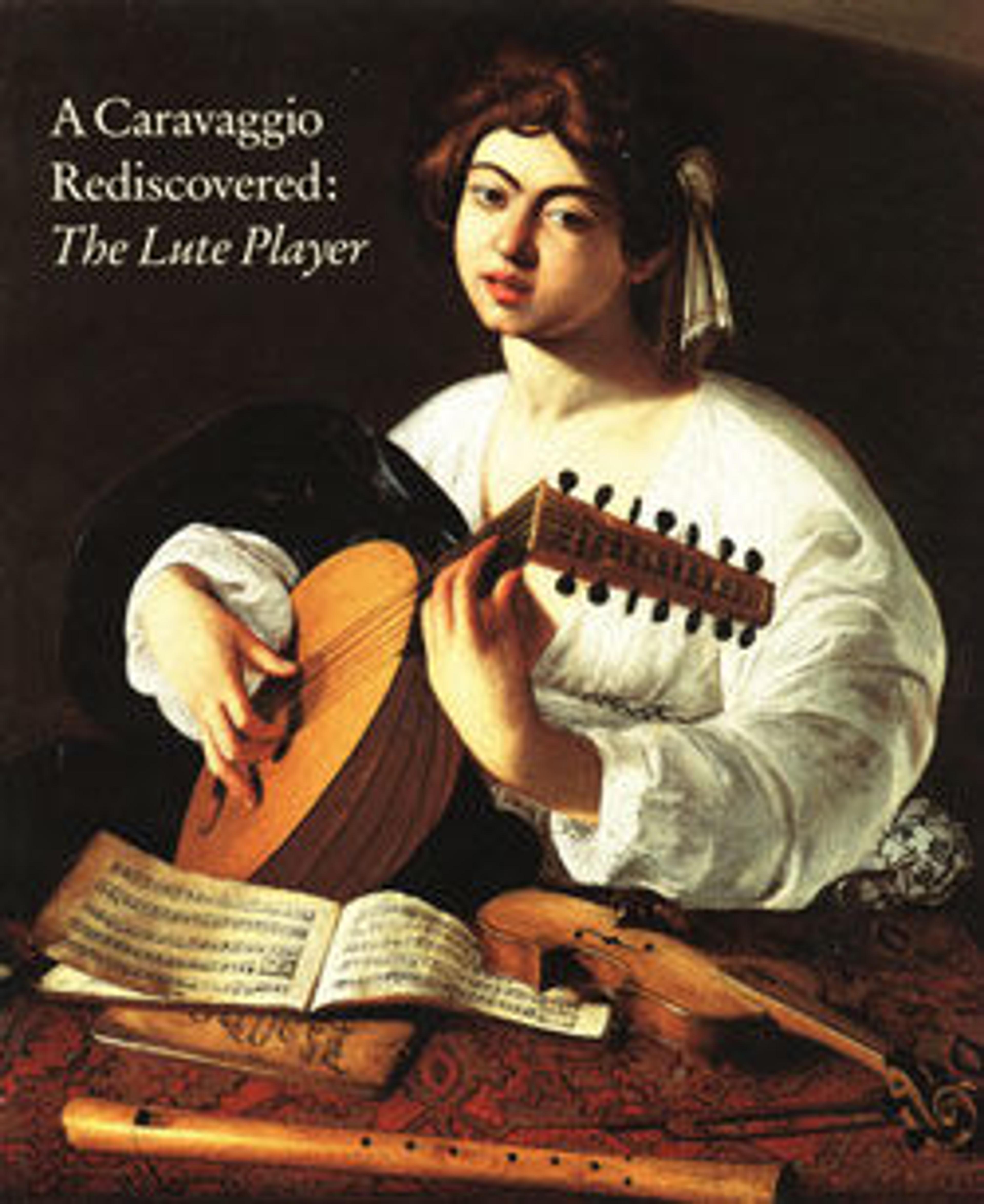Lute
The back of this Renaissance lute is constructed of twenty-five ebony or rosewood ribs with ivory spacers, and its top is Alpine spruce. It was probably originally made for seven or eight courses (pairs) of strings, but in the seventeenth century the neck, bridge, and pegbox were replaced or modified to give the instrument a Baroque configuration. In the nineteenth century, the neck was reduced, fixed frets were added, and the instrument was changed to six-strings, like on a guitar.
Sixtus Rauchwolff had an excellent reputation in his day and was a maker of lutes for the prominent Fugger family and the court orchestra in Stuttgart. A label inside the instrument identifies him as the maker and 1596 as the date of the lute. The name of Matthias Hummel, who probably made the Baroque alterations to the instrument, also appears.
(Jonathan Santa Maria Bouquet, 2009)
Sixtus Rauchwolff had an excellent reputation in his day and was a maker of lutes for the prominent Fugger family and the court orchestra in Stuttgart. A label inside the instrument identifies him as the maker and 1596 as the date of the lute. The name of Matthias Hummel, who probably made the Baroque alterations to the instrument, also appears.
(Jonathan Santa Maria Bouquet, 2009)
Artwork Details
- Title:Lute
- Maker:Sixtus Rauchwolff (German, Augsburg 1556?–after 1629)
- Date:1596
- Geography:Augsburg, Germany
- Culture:German
- Medium:Rosewood, ivory, wood, ebony
- Dimensions:Height: 23 in. (58.4 cm)
Width: 7 in. (17.8 cm)
Weight: Under 40 lbs - Classification:Chordophone-Lute-plucked-fretted
- Credit Line:Gift of Joseph W. Drexel, 1889
- Object Number:89.2.157
- Curatorial Department: Musical Instruments
More Artwork
Research Resources
The Met provides unparalleled resources for research and welcomes an international community of students and scholars. The Met's Open Access API is where creators and researchers can connect to the The Met collection. Open Access data and public domain images are available for unrestricted commercial and noncommercial use without permission or fee.
To request images under copyright and other restrictions, please use this Image Request form.
Feedback
We continue to research and examine historical and cultural context for objects in The Met collection. If you have comments or questions about this object record, please contact us using the form below. The Museum looks forward to receiving your comments.
